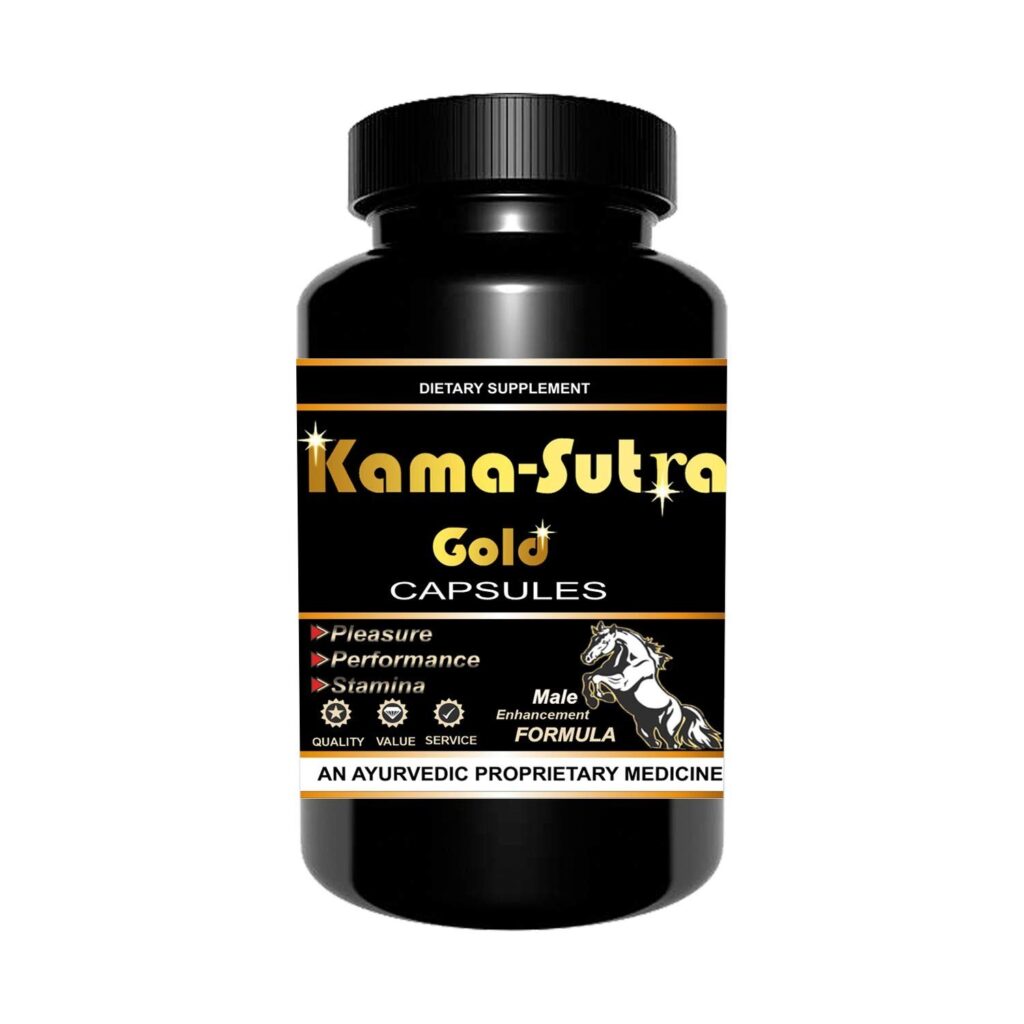Uric acid is a waste product that is produced when the body breaks down purines, which are substances found in certain foods. High levels of uric acid can lead to joint problems and discomfort. In this article, we will explore natural solutions for managing uric acid levels and promoting joint health through dietary changes, herbal supplements, lifestyle modifications, exercise, and physical activity.
Key Takeaways
- Maintaining a healthy diet low in purine-rich foods can help reduce uric acid levels and support joint health.
- Incorporating herbal supplements like cherry extract or turmeric can aid in managing uric acid levels naturally.
- Regular exercise can help lower uric acid levels and improve joint mobility and flexibility.
- Engaging in low-impact exercises like swimming or yoga can be beneficial for joint health and managing uric acid.
- Making small lifestyle changes such as staying hydrated, maintaining a healthy weight, and avoiding alcohol can contribute to overall joint health and uric acid control.
Understanding Uric Acid and Joint Health
Causes of High Uric Acid Levels
Elevated levels of uric acid in the blood, known as hyperuricemia, can be attributed to various factors. Genetics play a significant role, as do dietary choices, with certain foods contributing more purines, which the body breaks down into uric acid.
Purine-rich foods include:
- Red meats
- Organ meats
- Seafood
- Alcoholic beverages
Other contributing factors are:
- Obesity
- Underactive thyroid (hypothyroidism)
- Certain medications
- Kidney dysfunction
Maintaining a healthy weight and proper kidney function are critical in managing uric acid levels and promoting joint health.
Effects of High Uric Acid on Joints
Elevated levels of uric acid in the blood, known as hyperuricemia, can lead to a range of joint-related issues. Crystallization of uric acid in the joints causes an inflammatory response, which is the hallmark of gout, a type of arthritis. This condition can cause severe pain, redness, and swelling, primarily affecting the big toe but can also impact other joints.
Joint damage over time is a serious concern for those with chronic high uric acid levels. The persistent inflammation can lead to joint deformity and a decrease in mobility. To understand the severity, consider the following symptoms commonly associated with high uric acid in joints:
- Intense joint pain
- Lingering discomfort as inflammation subsides
- Inflammation and redness
- Reduced joint flexibility
Maintaining uric acid levels within a healthy range is crucial for joint health and overall well-being. Incorporating Ayurvedic remedies, which may include supplements and traditional formulations, can be a natural approach to managing uric acid levels and promoting joint health.
Managing Uric Acid for Joint Health
Effectively managing uric acid levels is crucial for maintaining joint health and preventing conditions such as gout. Lifestyle changes, including diet and exercise, play a significant role in controlling uric acid levels.
Hydration is key; drinking plenty of water helps to flush uric acid from the body. Reducing intake of high-purine foods and increasing consumption of fruits and vegetables are also beneficial.
Consistent management of uric acid levels can lead to significant improvements in joint health and overall well-being.
Incorporating Ayurvedic remedies, such as Labub Kabir and Triphala Ghrita, can complement these efforts by balancing doshas and promoting natural detoxification processes.
Natural Remedies for Uric Acid Control
Dietary Changes for Uric Acid Reduction
Making dietary changes is a crucial step in managing uric acid levels. Foods high in purines should be limited, as they can increase uric acid production. Instead, focus on a balanced diet rich in fruits, vegetables, and whole grains.
Hydration is key to reducing uric acid, as water helps to flush out toxins from the body. Aim for at least 8 glasses of water per day. Additionally, reducing alcohol intake, especially beer, can significantly lower uric acid levels.
Limiting intake of sugary foods and beverages is also beneficial, as they can contribute to higher uric acid.
Here is a list of foods to include and avoid for uric acid control:
- Include: Low-fat dairy products, cherries, citrus fruits
- Avoid: Organ meats, anchovies, gravies
Herbal Supplements for Uric Acid
In the quest to manage uric acid levels naturally, herbal supplements have gained popularity for their potential benefits. Among the various options, certain herbs stand out for their efficacy.
- Vitamin C is known for its antioxidant properties and has been shown to help reduce uric acid levels.
- Cherry extract, often sourced from tart cherries, contains anthocyanins which may help in lowering uric acid and reducing inflammation.
- Turmeric, with its active compound curcumin, is renowned for its anti-inflammatory effects and may also play a role in uric acid management.
While these supplements offer a natural approach, it’s crucial to consider their interaction with other medications and the possibility of side effects. Consulting with a healthcare provider before starting any new supplement regimen is advisable.
It’s important to note that while supplements can aid in uric acid control, they should complement, not replace, other management strategies such as diet and lifestyle changes.
Lifestyle Modifications for Joint Health
In addition to dietary changes and herbal supplements, making certain lifestyle modifications can significantly improve joint health and manage uric acid levels. Regular hydration is crucial, as it helps to flush out excess uric acid from the body. Aim for at least 8-10 glasses of water daily.
Stress management is another key aspect of maintaining healthy uric acid levels. Chronic stress can exacerbate inflammation and worsen joint pain. Techniques such as yoga, meditation, and deep breathing exercises can be beneficial.
- Maintain a healthy weight
- Avoid alcohol and sugary drinks
- Get adequate sleep
By integrating these lifestyle changes, individuals can create a holistic approach to managing uric acid and enhancing joint health.
Exercise and Physical Activity for Joint Health
Impact of Exercise on Uric Acid Levels
Regular physical activity is crucial in maintaining healthy uric acid levels. Exercise helps in the efficient metabolism of purines, substances that break down into uric acid, and promotes their excretion. It’s not just about reducing levels; exercise also improves joint function and reduces inflammation.
Exercise can vary in its impact on uric acid levels, depending on intensity and duration. For instance, moderate activities such as walking or swimming are beneficial, while high-intensity exercise might temporarily increase uric acid levels due to increased cell turnover.
Maintaining a balance between different types of physical activities is key to managing uric acid levels effectively.
Here’s a simple list to get started with exercise for uric acid control:
- Start with low-impact exercises to minimize joint stress.
- Gradually increase the duration and intensity of workouts.
- Include flexibility and stretching exercises to improve joint health.
- Stay hydrated to help flush out excess uric acid.
Best Exercises for Joint Mobility
To maintain and improve joint mobility, certain exercises are more beneficial than others. Strength training and low-impact aerobic activities can significantly enhance joint flexibility and reduce stiffness. Here are some exercises that are particularly effective for joint health:
- Calf raises
- Hamstring curls
- Leg extensions
- Lunges
- Step-ups
- Squats
Each exercise targets different muscle groups that support the joints, promoting better movement and reducing the risk of injury. It’s important to perform these exercises with proper form to maximize benefits and prevent strain.
Consistency in performing joint mobility exercises is key to achieving long-term benefits and reducing the symptoms associated with high uric acid levels.
Remember to start slowly and increase the intensity as your strength and flexibility improve. Consulting with a physical therapist or a fitness expert can provide personalized guidance tailored to your specific needs.
Incorporating Physical Activity into Daily Routine
Making physical activity a regular part of your day can significantly enhance joint health and manage uric acid levels. Start with small, manageable goals and gradually increase the intensity and duration of your activities. For instance, taking the stairs instead of the elevator or going for a short walk during your lunch break can be excellent starting points.
Consistency is key when it comes to exercise. To help you stay on track, consider the following tips:
- Schedule your workouts as you would any important appointment.
- Find a workout buddy to keep you motivated.
- Mix different types of activities to keep your routine interesting.
Remember, it’s not about making drastic changes overnight but rather integrating exercise into your lifestyle in a sustainable way.
According to a Times of India article, both aerobic exercises like walking, swimming, or cycling and strength training activities can help improve joint flexibility and strength. This aligns with the idea that a variety of exercises can contribute to better joint health and should be included in your daily routine.
Conclusion
In conclusion, Hamdard Medicine offers natural solutions for managing uric acid levels and promoting joint health. By incorporating these remedies into your daily routine, you can support your overall well-being and reduce the risk of joint-related issues. Remember to consult with a healthcare professional before starting any new treatment regimen. Take charge of your joint health today with Hamdard Medicine for Uric Acid!
Frequently Asked Questions
What are the common causes of high uric acid levels?
Common causes of high uric acid levels include diet high in purines, obesity, certain medical conditions, and genetics.
How does high uric acid affect the joints?
High uric acid can lead to the formation of urate crystals in the joints, causing inflammation, pain, and stiffness.
What dietary changes can help reduce uric acid levels?
Consuming foods low in purines, staying hydrated, and avoiding alcohol and sugary drinks can help reduce uric acid levels.
Are there any herbal supplements that can aid in controlling uric acid?
Herbal supplements like cherry extract, turmeric, and ginger have been shown to help control uric acid levels.
What are the best exercises for improving joint mobility and reducing uric acid levels?
Low-impact exercises like swimming, yoga, and walking are beneficial for joint health and can help in managing uric acid levels.
How can I incorporate physical activity into my daily routine for joint health?
Simple activities like taking the stairs, walking during breaks, and stretching exercises can help incorporate physical activity into your daily routine for joint health.











